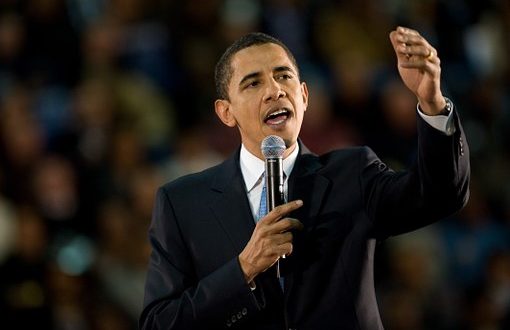On March 23, 2010, hundreds cheered on site for the signing of the Patient Protection and Affordable Care Act by former President Barack Obama. Nicknamed “Obamacare” by both supporters and opposers, this was the largest overhaul of healthcare since the original Medicaid Act of 1965. It sought to be a step forward in filling the hole left from the failure of American universal healthcare and in creating an era where everyone could afford medical insurance. Now, the 45th president of the United States is seeking to raze the barely 7 year old act to the ground. What are President Trump’s motives, and what actions will he take to dismantle the act?
In the 1940s, then-president Franklin D. Roosevelt and his successor Harry S. Truman proposed the “universal health insurance program” so that millions of citizens would be insured and receive support in otherwise financially draining situations. FDR had stated “Millions of our citizens do not now have a full measure of opportunity to achieve and enjoy good health. Millions do not now have protection or security against the economic effects of sickness. The time has arrived for action to help them attain that opportunity and that protection.” Unfortunately, the American Medical Association poured millions of dollars in opposing FDR’s bill since it would drastically reduce profits and “may hurt the rights of the doctor.” The same situation repeated itself when John F. Kennedy attempted to inaugurate a Medicare program for people 65 and older, only to be hindered by opposition from future-president Ronald Reagan, who was hired by the AMA to denouncing Medicare. When Medicare (along with the famous Section 19, now known as Medicaid) was finally passed by Lyndon B. Johnson, private insurance organizations fought back to limit the scope of the bill. Finally, Barack Obama proposed selling insurance in the form of the ACA, or Obamacare, and managed to pass the bill with much reluctance from many companies and the opposing political party.
This new bill covered many more people, and stated that more regulation over insurance company spending and charging habits would be enacted. This was met by thunderous applause on one side and fierce resistance by others. In particular, the opposition cited drawbacks of the program, including the rise in excise taxes for subsidies, insurance companies losing money due to banning of co-payments and caps of treatment expenses, and the individual mandate for health insurance.
Unsurprisingly, many people who believe in free market health insurance oppose the ACA, including current president Donald J. Trump. By 2014, the House of Representative has voted on the issue of repealing Obamacare around fifty times, which will most likely increase dramatically during Trump’s presidency. Alternatively, President Trump has also tried to push his own healthcare plan, the American Health Care Act, to replace the controversial ACA. Unlike Obamacare, it features refundable tax credits which can help people buy insurance if they are not covered through their job, removes all limits on healthcare savings, and eliminates the mandate that all people must be insured or suffer fines, allowing insurance companies get to set their own prices. However, this bill has caused outrage and is shrouded in controversy and resistance, due to its proposal to cut off federal aid to non-profit women’s healthcare organizations such as Planned Parenthood and other clinics providing abortions.
With the House of Representatives’ recent failures to repeal the ACA, the future of America’s’ health insurance is unclear. Despite this, it is a universal truth that compromises would eventually be made, like every act, every bill, every decision in the world. For now, we just have to wait and see.
 Tempus Magazine By Students, For Students
Tempus Magazine By Students, For Students 



